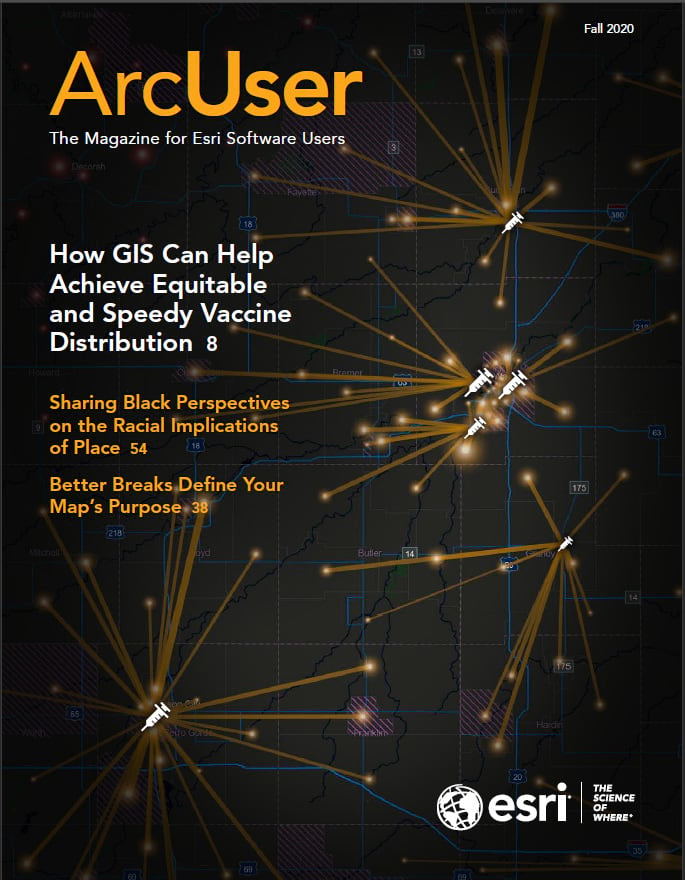A Florida county appraiser’s office developed a more efficient and less costly method for improving the assessment of commercial properties by more easily incorporating traffic count data using GIS.
Traffic count information is vital in several disciplines that use GIS. Common examples are transportation planning; site selection; and for the topic of this article, commercial real estate appraisal. This article examines how the Martin County Property Appraiser’s office (MC PAO) in Stuart, Florida, uses traffic layers to assist in the proper valuation of commercial properties.
Property assessment offices are responsible for developing supportable values of real estate for ad valorem taxation [i.e., taxation based on the assessed value of an item] when allocating taxes among property owners.
GIS technology has played an increasingly important role in this task. It is widely understood that location is crucial for a business to succeed. Consequently, road segments with higher traffic counts are more desirable for locating retail businesses.
MC PAO uses the term super-corner to describe lighted intersections with high traffic volumes. Except for waterfront parcels, these super-corners have land that brings the highest price per square foot of all commercial properties in Martin County.
By integrating traffic count information with GIS, commercial appraisers can better answer questions associated with sales prices and rents when valuing retail commercial properties. Traffic counts can be analyzed in a certain area and then compared to properties with similar zoning and other factors such as water frontage.
In this project, road centerline layers with Annual Average Daily Traffic (AADT) count fields were spatially joined with commercial parcels. The traffic count centerline layers were obtained from the Transportation Data and Analytics Office of the Florida Department of Transportation (FDOT) through the ArcGIS Online portal and the Martin County Board of County Commissioners (MC BOCC) Traffic Division. After gathering the GIS data, the Spatial Join tool was used with a search radius to append surrounding commercial parcels with the AADT field from centerline layers.
Commercial parcels were spatially joined with the AADT field from centerline layers. The target features were in the commercial parcels layer, which was intersected with the join features in the road centerline layers. After running the Spatial Join tool, parcels at intersections required some manual quality control to ensure the correct AADT record was pulled from the proper road. MC PAO commercial appraisers copied traffic information from the layer attribute tables into spreadsheets to conduct further analysis.
As a result of this project, commercial appraisers no longer must obtain traffic count information from a separate traffic count map or other private sources. Also, MC PAO no longer pays subscription fees to acquire this information from services.
Unlike residential properties, commercial properties are most often initially grouped by property type, rather than by location. Homogeneous commercial properties are not always located right next to each other but are scattered over large areas, which means that traffic counts vary widely. This project linked traffic volumes to each property regardless of its location.
In the past, commercial appraisers had to search for traffic count information on various websites and then go through the laborious process of linking the information to a parcel. Having all the necessary fields in one layer is very convenient for locating and identifying traffic information for commercial properties.
Another important benefit of this project is that the MC PAO no longer relies on traffic data that is static and becomes outdated. The FDOT centerline layer is dynamically updated once a year through ArcGIS Online, and the traffic centerline layer from the MC BOCC is also updated annually.
Although this project took about a week to complete, it replaced a manual process that previously took at least a month. It has turned out to be a long-term solution for MC PAO.
For more information, contact John Watterson at john.watterson@pa.martin.fl.us.






